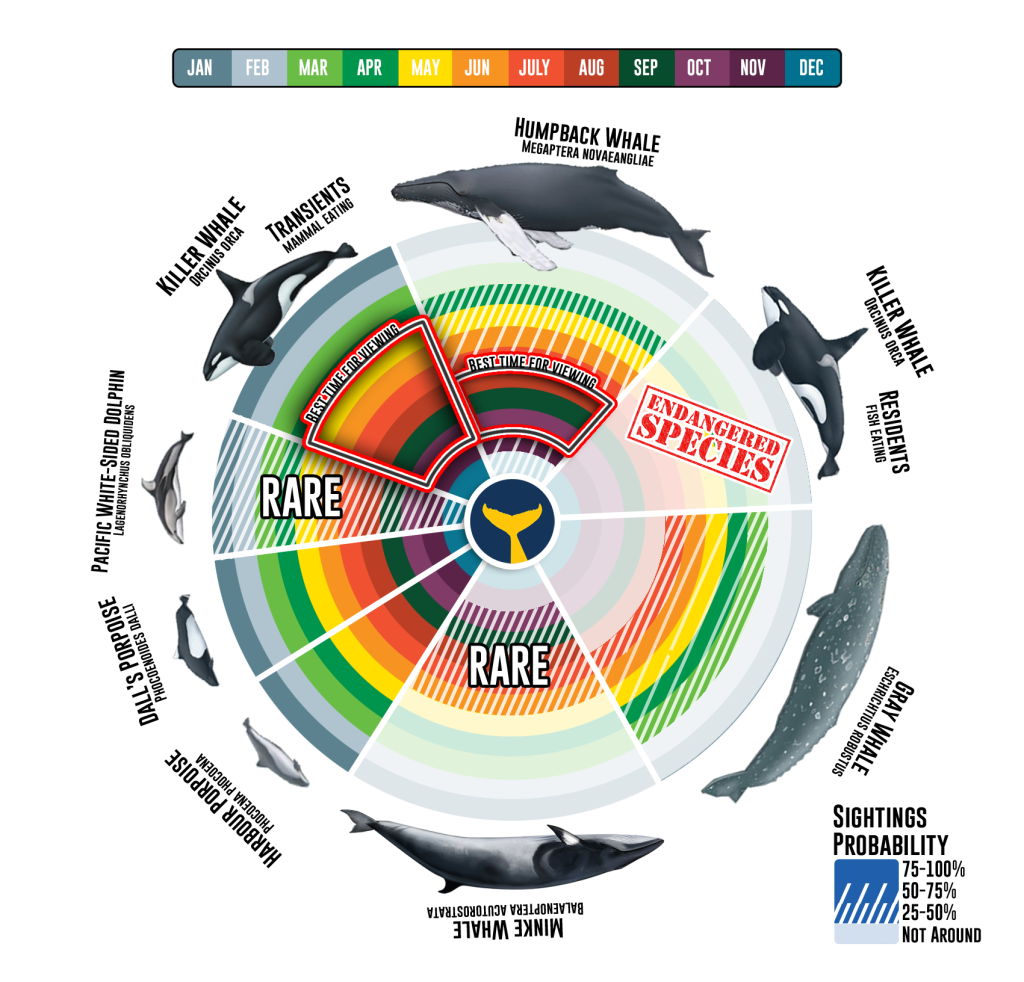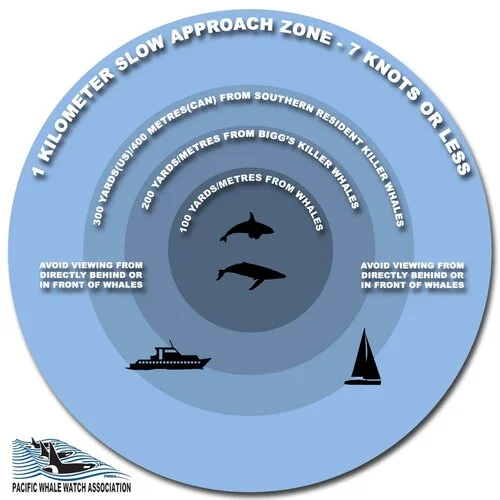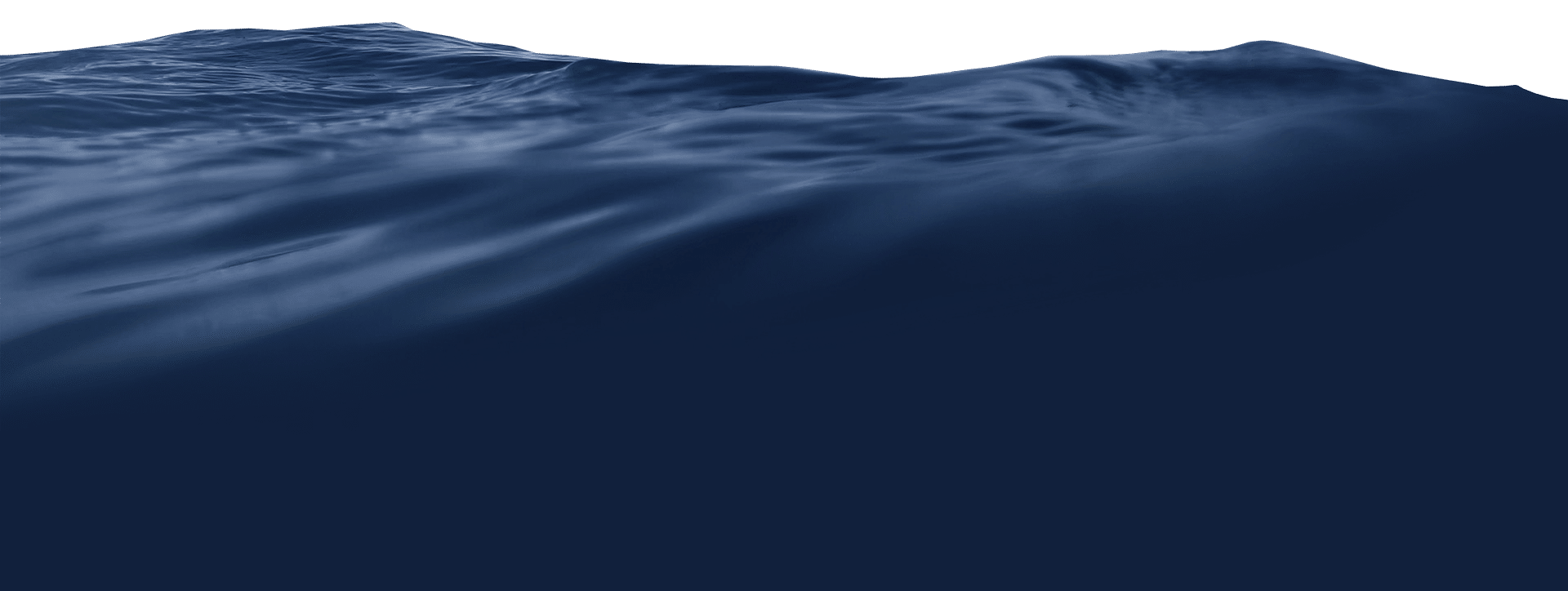Vancouver whale watching season
Best Time to Go Whale Watching in Vancouver
The most common question we receive is “What is the best time for whale watching in Vancouver?”. The answer is highly dependent on what wildlife you are hoping to see and how adaptable you are to less-than-ideal weather conditions. The nutrient-dense coastal waters of the Salish Sea create a thriving ecosystem for an astonishing array of marine mammals, earning it a global reputation as a premier destination for wildlife enthusiasts. These waters are the natural habitat to the majestic presence of Killer Whales (Orcas), Humpback Whales, Minke Whales, and Gray Whales, as well as playful porpoises, seals, sea lions, and otters. The region is also home to bald eagles and a diverse assortment of pelagic (ocean-going) birds that grace the skies above.
Visitors can expect to experience the wonder of year-round visits from pods of Transient Killer Whales; while, the fascinating sight of Humpback Whales foraging through the narrow passages is more common in the summer and fall months. Gray Whales are slightly more rare and are spotted in the spring and summer; whereas, Minke Whales are extremely rare and tend to be seen in the same months as Humpback Whales. With a 95% whale sightings rate, our tours will often come across whales no matter the time of year. To narrow down a specific period when both Killer Whales and Humpback Whales are most plentifully in our waters, July to the end of November is the best time to embark on a tour for a chance of seeing both species.

Whales by Month In Vancouver
We’ve created a useful whale pinwheel chart to show the frequency of marine mammals in the months of the year. Outside of the mammals listed on our whale watching chart often seen are sea otters, sea lions, bald eagles, and seals.
Best Time of Day to See Whales in Vancouver
The short answer is: there isn’t “a best time” to see whales. It can vary, depending largely on the season, weather, and specific marine life being observed. During the peak season of whale watching, we have multiple tours leaving from the early morning to sunset tours that depart in the late afternoon. Each whale watching trip will have a unique feel as our expert tour guides find Killer Whale and Humpback Whale sightings.
In the early morning, the ocean tends to be calmer, and the cooler temperatures encourage whales to surface more frequently to breathe. Additionally, the soft lighting of the early morning sun enhances the orca whale watching tour viewing experience, casting a magical glow over these majestic creatures as they break the surface. Much like the early morning, during sunset tours the ocean often becomes tranquil, and the cooler temperatures of the evening entice whales to surface more frequently to breathe. The enchanting hues of the setting sun are the perfect backdrop to watch breaching Humpback and Killer Whales.
Since there are so many factors that affect the time of day to see whales, we generally recommend that guests pick a time that best fits their schedule. Our Vancouver whale watching tours have over a 95% sightings rate, so there is no bad time!
Whale Watching Tour Experience
How it Works
Get treated like royalty
You’ll enjoy talking with our crew because they care about your experience—they’re even SuperHost trained and certified for unparalleled service.
Leave the logistics to us
If you’re touring with us, chances are you’ve already planned a trip from another city, province, or country. We’ll simplify your whale watching adventure so you can take a break from logistics.
Take time to relax
Nothing like getting shuffled around on a whale watching tour. We schedule our whale watching tours so you can actually take in the sights and take time to relax—what a novel idea, we know!
Enjoy the entertainment
We’re an eclectic bunch, and we pride ourselves on delivering a unique experience with every tour.
Book online (or on the phone)
You can book you whale watching tour online with the click of a button (or two). Call us at 1-888-383-4884, and we’ll be excited to get you booked!
Read your confirmation email
We’ll email you a confirmation immediately after you book including all you whale watching tour details of your adventure, like what to bring and where to go.
Check-in at Prince of Whales
You’ll want to arrive at your designated check-in at least 30 minutes in advance to read and sign your waiver and contribute your $5 conservation fee benefitting 1% for the Planet.
Get ready AND get excited
This is not your average tour; it’s a seafaring adventure where you’ll cruise at high speeds while learning why we love our local Orcas and Humpback Whales like our very own family.
Expect a surprise or two
An adventure wouldn’t be an adventure without a surprise or two. From colouring books for our Junior Naturalists to post-adventure email debriefs, expect the unexpected.
Whale Watching Vancouver Guidelines

Operation of Vessels in the Vicinity of Whales
A vessel shall approach an area of known or suspected whale activity with extreme caution.
A vessel within 1 km or 0.65 miles of a whale is considered to be in the vicinity of whales and is required to abide by all of these Best Practices Guidelines.
If a vessel operator is unaware of the whales’ location, he/she must maintain a vigilant watch for whales at all times. Mere observation of whale watching vessels in the distance does not fulfill this responsibility, as individual whales may be encountered anywhere, at any time. Maintaining a vigilant watch often includes significant speed reductions.
A vessel within the vicinity of whales – within 1 km (0.65 miles) of a whale – is considered to be in the slow zone and must operate at no more than 7 knots (13km/h). This reduced speed zone shall also be observed when disengaging from the vicinity of whales as well.
A vessel shall approach an area of known or suspected whale activity with extreme caution.
- When whales are within 800m of the shore, vessels should maintain a seaward position and not within 200m of any shoreline that the whales are travelling along.
- All sonar, depth sounders, fish finders, and other underwater transducers should be shut off whenever a vessel is in the vicinity of whales.
Parallel Viewing Sequence
When approaching vessels already engaged in viewing a whale or group of whales, the vessel operator must ensure his vessel moves to the outside of the vessels already accompanying these whales, and head in a direction parallel to the direction these whales are travelling. This is meant to maintain existing view angles of all vessels previously on scene.
Vessels should maintain heading and speed equal to the whales at all times while paralleling.
Minimum approach distances should be maintained as follows; US: 200 yards from Killer Whales, 100 yards from all other whales. In Canada: Southern Resident Killer Whales shall not be viewed based on joint agreements and laws to protect this world-famous and endangered population. 200 meters from Bigg’s Killer Whales (with whale watching exemption), and 100 meters from all other whales. An additional buffer should be added, depending on the behaviour, especially when viewing at 100 meters.
A vessel’s speed should be the same as the whale’s speed or slower. However, when travelling slower than the speed of the whales, a vessel relinquishes its priority sequence. This technique is generally used to disengage the vicinity of whales when the intention is to break away and return to port. When leading a group of paralleling vessels engaged in viewing whales, that vessel should keep pace with whales so as to not block any vessels behind them. Furthermore, that vessel should not shut down without adequate notice to the vessels following behind.

